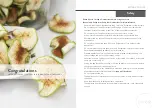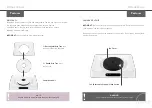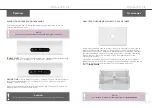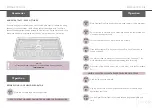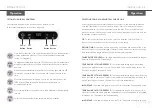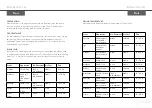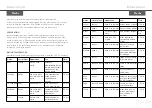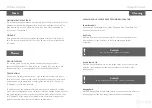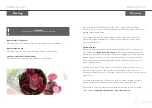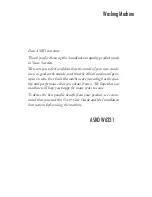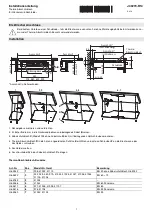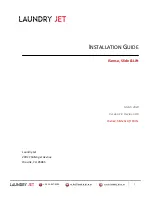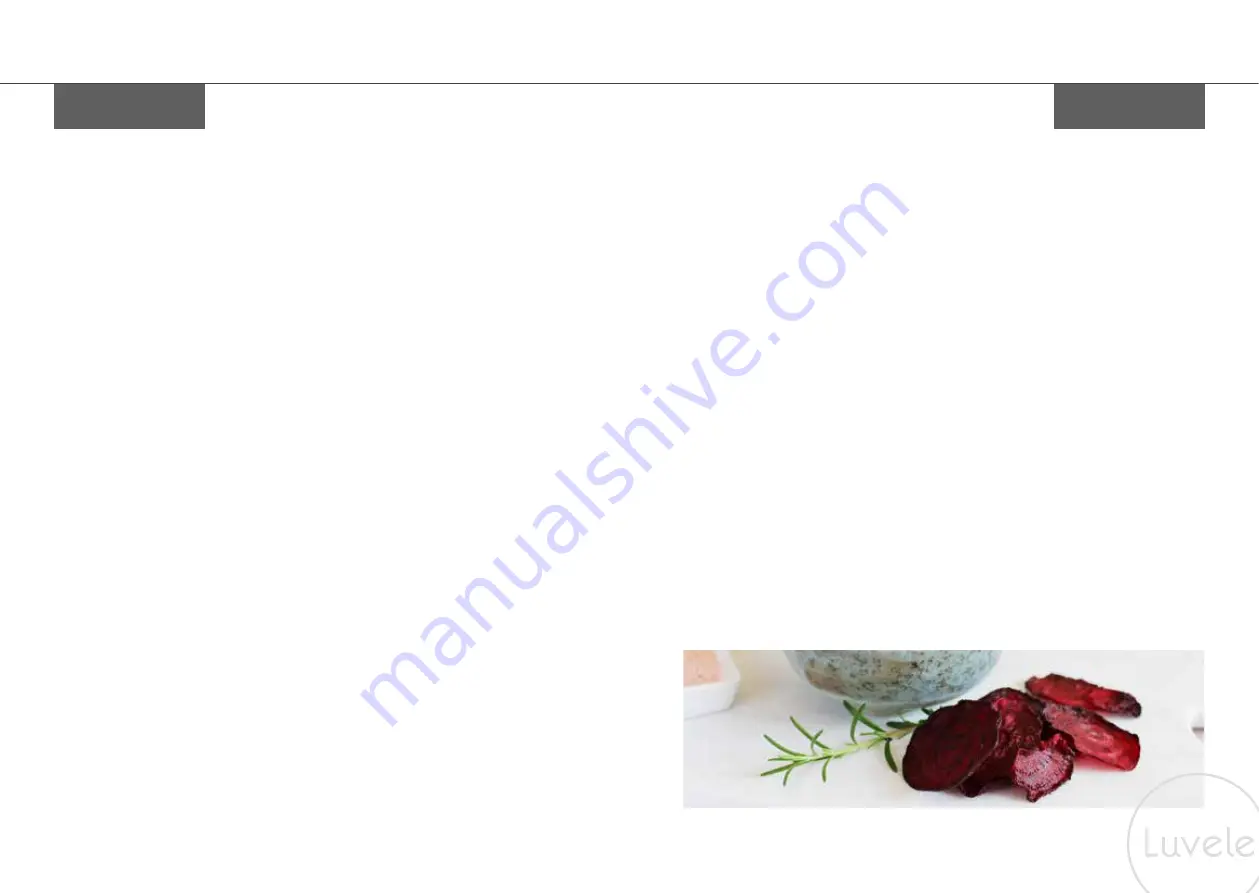
INSTRUCTION | P20
Storage
INSTRUCTION | P21
Re-hydrating
PACKAGING
Dried foods should be packaged straight after drying to prevent stickiness and
re-hydration caused by humidity. Store dried foods in airtight, moisture proof
containers. If foods are insufficiently dried, or are exposed to moisture from faulty
packaging, they can lose their quality and nutrition, and can even form mould during
storage. The Luvele vacuum sealers and vacuum canister range are ideal for packaging
dried foods. They can extend the shelf life of dried foods 4-5 times.
The Luvele vacuum sealer products can be purchased from our
website luvele.com.au
Plastic freezer bags can be used. Plastic storage bags that are not labeled for use
in the freezer generally are not airtight, nor moisture-proof and should not be used
to store dried foods. Since most packaging materials are transparent, store
packaged dried foods in a plastic or metal container which will not allow the light
to penetrate. Store all foods separately so flavours do not mix.
STORAGE
The storage area should be cool, dry, and dark. The darker and cooler the storage
area, the longer the dried foods will last. The ideal storage temperature for dehydrat-
ed food is between 15°C to below freezing. The ideal storage place is a freezer or
refrigerator, particularly for storing low acid foods such as meats, fish and veg.
RE-HYDRATING DRIED FOOD
Enjoy dehydrated foods when dry or rehydrate foods to use in recipes.
Re-hydrating can be done by placing dried foods in enough water to cover
the food and then soaking for approximately one hour. Boiling water will
re-hydrates foods much faster than cold water. Fruits or vegetables may also
be re-hydrated in liquids other than water, including fruit juices, cider,
vegetable juices, milk etc. Adding salt or sugar during re-hydration will slow
the re-hydration process down.
COOKING DRIED FOOD
After re-hydrating food, cook it as you would normally. Most fruits and
vegetables will rehydrate to about 70-90% of their fresh state. Keep in mind
they will be more chewy than fresh or frozen fruit and vegetable. Dried food
used in cooking will absorb additional liquid, so adjust the recipe accordingly
by adding more water.


